Fellowship Hall/Church Acoustics
Do you have a fellowship hall?!? Do the noise levels in your fellowship hall get to uncomfortable levels when filled with people?!? Have you been lucky enough to be the one chosen to find out how to fix this?!? Will you have an entire committee to report to?!? Do you have a limited budget but need to come up with a solution that is aesthetically pleasing enough to pass a committee vote?!? Well, friends, this is the article for you. (This has been written in my best used-car/infomercial sales guy voice) 🙂
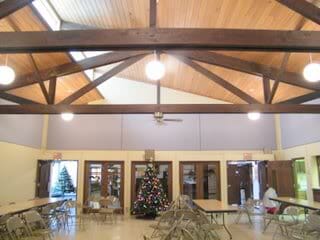
I get quite a few calls from people doing research on how to acoustically treat fellowship halls as these types of rooms have a few things going against them from the beginning. Almost all fellowship halls have hard, tile floors either sheetrock/drywall or concrete walls which both reflect a large amount of sound. They are also large, spacious rooms that are intended to house a lot of people. When these rooms are full and people start talking the noise level increases. This causes people to increase their voice level and talk louder so they can be heard over the background noise, and the problem gets exponentially worse.
Acoustical panels are really the only way to control the noise pressure levels in these types of rooms which means that some of the walls or ceiling surfaces are going to need to be covered. There are a lot of different options on the market for acoustical wall or ceiling panels and each of these options offers it’s own advantages and disadvantages but for this, I am only going to talk about one. I am narrowing it down so absolutely for reasons that I will explain further.
The WallMate high-tension fabric system is the product that was chosen to treat the fellowship hall of the Oakwood United Methodist Church, here in Minnesota. This is a do-it-yourself system where we provide the pieces and parts for the system and the panels are built on site. The WallMatetrack frames each panel very similar to the canvas stretcher for a canvas painting; pulling tension in all directions at once. The absorbent core is the very cost effective and very absorptive Echo Eliminator panels which are adhered directly to the wall, inside the track. The customer then puts the fabric in place (being held temporarily by a two-sided, alignment tape) and clicks the top track shut followed by the bottom and then each side. Like anything else, there is a bit of a learning curve to the installation but once that is done the install should go pretty quickly.
The advantages of this option are quite plentiful in situations like this. First, and most importantly, the cost – the WallMate is the lowest cost, yet decorative acoustical panel system on the market. The pieces and parts can be shipped by UPS Ground at low quantities which is cheaper than shipping on a pallet. Second, because the panels are built on site, the customer is able to fabricate panels only limited in size by the size of the fabric bolt so the installers are able to get as creative as they want. Third, the acoustical core is a VERY cost effective, easy to use, recycled and formaldehyde free panel that can be cut with a sharp pair of scissors and glued easily to the wall. Fourth, the fabric can be swapped out or replaced at any time by simply popping the track open, putting new fabric in place and snapping it shut so if the look of the room needs to be modified or if someone hits the panel with a dirty volleyball, you do not have to completely replace the panel. Last, the performance. Because the cotton has an NRC of .80, it is a very effective product for controlling echo and reverberation.
Just about every congregation out there has a contractor or two, about six handy-men/women as well as a few that pretend to be handy-men but are willing to help. This product is able to be installed by two out of three of these kinds of people. There are some simple skills and common sense involved and I am always happy to field installation questions as the workers are planning how to tackle this job. I ALWAYS suggest that an extra stick or two of track are purchased and the installers build a small 1’ x 1’ or 18” x 18” board on a piece of plywood before starting on the wall. This will help them learn the two things that require tactile experience and trial and error – the pre-tension on the fabric and tucking the corners. These two things will require the most practice and skill.
Fabric – just about ALWAYS a topic of debate when it comes down to the final decisions. I’ve talked to hundreds of people who have been selected or appointed the task of finding an acoustical treatment for fellowship halls and the topic that is the most discussed is the fabric. Here’s the deal with the fabric – listen to whoever wears matching clothes the most often – they are going to probably make the best choice. I don’t have much to offer when it comes to color, and please understand that I don’t even pretend to be an interior designer, but years of doing this have taught me that it’s best to NOT try to match the walls – to use a complimentary color. If you try to match the walls, the color will be close enough to be close, but off enough to look bad. Like wearing two black socks that were purchased a few months apart. They’re both “black” but not the same black.
“How many panels do we need?!” Although I am going to spit out a simple one, the answer to this question is quite variable. There isn’t a cut-and-dry or “always do this” way to acoustically treat a room. I commonly tell people that the rooms and acoustical treatment are just as different from one place to another as are the people that use the rooms. So, my point is that the exact square footage of panels that is going to be perfect for your room is going to change from one room to another. With my disclaimer out there, here is the simple equation that I have used for years and been very successful with:
Cubic Volume of the room x 3% = Square footage to install.
Multiply the height, width and depth for the cubic volume.
Multiply that number by .03.
What ever number you are left with, the total area of your acoustical paneling should be close to that number. From there, it just comes down to a point of fine tuning the room once these panels are installed.
To “take the edge off” of the room and just lower the echo and reverberation of the room, the important thing becomes how many panels, not necessarily EXACTLY where they are located. This leaves you with a lot of freedom when it comes to panel location. You don’t have to put the panels in ANY specific location for them to do their job. If you were building a recording studio or something my answer here would be different, but in cases like these, put the panels wherever you want so they will either look the best or blend in with the rest of the room. You are going to get a bit more balanced acoustic when you are done by balancing them throughout the room rather than putting them exclusively on one wall, but that’s all the help I can offer.
If you have questions that aren’t answered by this article, by all means, feel free to call or e-mail me. I will do whatever I can to help make your quest for acoustical panels easier. If this looks like a possibility and you want some samples of the cotton, the track and a few sample fabric lines, feel free to ask.
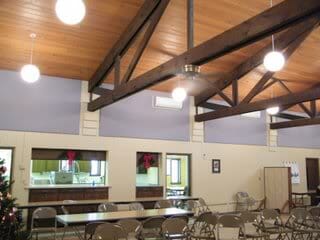
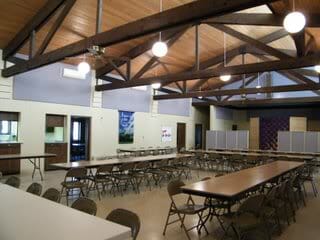
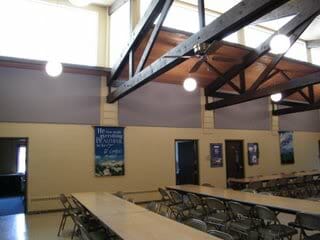
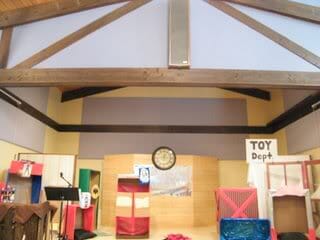
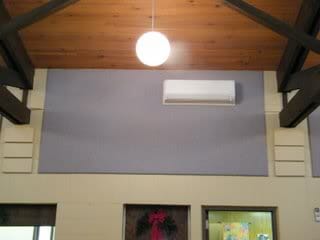
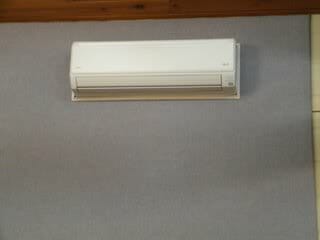
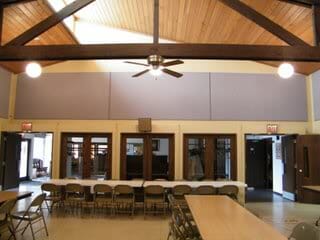




2 Comments
Emmanuel Ogbekhilu
Hi Ted,
Thanks for your very informative article. As suggested by you I sure would like samples of the cotton and tracks. Would also want to know prices. Thanks again.
Ted W
Hey Emmanuel,
Glad you like the article! I would love to get some samples sent out to you. Just send me an e-mail ([email protected]) with your contact information and I can get them to you.
Thanks,
Ted